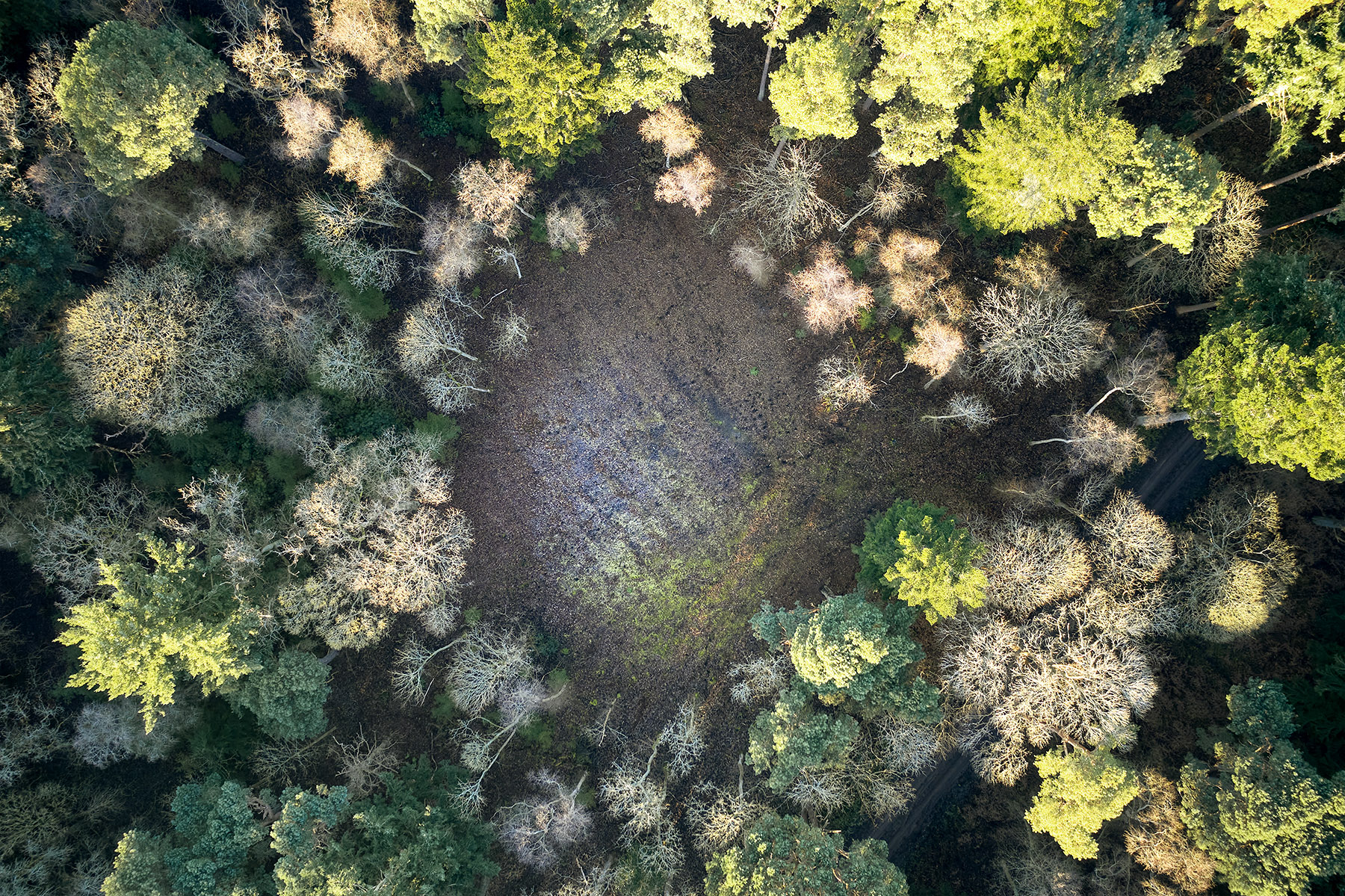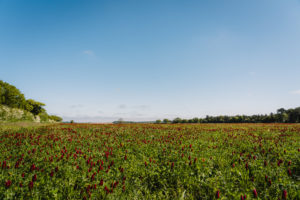


Overview
We recently worked with the Farm Carbon Toolkit to estimate the carbon balance of Wild Ken Hill – and the results have been extremely encouraging.
Farm Carbon Toolkit
Farm Carbon Toolkit is an independent, farmer-led enterprise, supporting farmers like us at Wild Ken Hill to measure, understand, and act on their Greenhouse Gas (GHG) emissions.
A key part of their offering is a carbon calculator which can measure carbon emissions and sequestration at farms. The carbon calculator is available for land managers like us to use online, but in this case, we worked directly with their team to audit our carbon position – they’re the experts and we wanted to make sure our results were independently verified and therefore robust.
Overview
The big news is that Wild Ken Hill is already ‘carbon positive’ – this means that we store more carbon than we emit – and that we have gone beyond ‘net zero’.
Specifically, across Wild Ken Hill, approximately 800 tonnes of carbon dioxide equivalent (t CO2e) were emitted in 2021, whereas around 4,000 tonnes were offset or sequestered. This means our balance in that year is estimated to be around 3,200 tonnes of carbon dioxide equivalent sequestered, which is absolutely awesome.
Of course, it’s worth stating that these are modelled estimates. Although physical soil sampling was performed as part of the exercise, there is an inherent degree of uncertainty in the estimates, and the results should be caveated accordingly.
Carbon positive farming
With good chunks of Wild Ken Hill dedicated for nature, you could say we could have expected to be carbon positive overall. Perhaps what’s most exciting though is that our farm operation is also carbon positive!
Specifically, the farm operation is estimated to have sequestered around 2,100 tCO2e in 2021 and emitted 500 tCO2e, meaning it’s overall balance is very healthy. In fact, Farm Carbon Toolkit benchmarked this performance against other farms they have measured, and we come in the top 2% of similar arable farms!
This great balance is primarily a result of the switch we made in 2019 to use a regenerative farming model. Firstly, we have found emissions can be reduced. This is in part because we need to power less machinery. For example, switching from ploughing to a minimum tillage model in 2019 created an annual saving of around £40,000 of diesel. But also, we’re using fewer and fewer synthetic fertilisers and pesticides, which generally have carbon-intensive manufacturing processes.

Alongside emissions reductions, we think farming regeneratively has also improved the capacity of our soils to sequester carbon. This is an established benefit of regenerative farming; Carbon is sequestered as organic matter such as decomposing plant matter or soil microbes build up in the soil. And we’ve been able to measure improvements in soil organic matter at Wild Ken Hill as part of working with Farm Carbon Toolkit. The picture to the right shows flowering cover crop – one of the many practices we use to regenerate the soil and build up soil organic matter (credit: Joe Thompsett).
The switch to regenerative farming is therefore giving us a double whammy – both emissions reductions and improved sequestration. And that’s what delivered this encouraging carbon balance at Wild Ken Hill.
The context
This really is a fantastic result when you think about the context. Agriculture is responsible for approximately for 11% of emissions in the UK. Agriculture also contributes only 0.5% of GDP, thereby making it one of the most emissions-intensive sectors in the economy.
Perhaps what’s more alarming, though, is that emissions in the agricultural sector did not decrease between 2008-20. It is embarrassing for our sector that during a period of unprecedented focus on climate change, and during a period when the vast majority of sectors in the UK reduced their emissions, that we could not reduce our footprint.
The National Farmer’s Union (NFU) has published a plan targeting the sector reaching net zero by 2045. But the findings at Wild Ken Hill show how unambitious this is, and in particular that arable farms can move to a positive carbon balance really quite quickly.
Next steps
We have taken much encouragement from this study, but it has also help to identify a number of ways that we could improve our carbon balance, for example through further reductions in usage of synthetic fertiliser.
There are also ways for us to make this exercise more accurate. For example, as we collect an increasing amount of data on woodland cover in the rewilding area, this can inform future assessments further increase their accuracy. And as the rewilding area matures to include more complex vegetation, this is also likely to require more challenging systems of measurement and empirical data.
So we’ve got lots to work on! Those of you who want to read the full report can find it here! Thank you for reading!